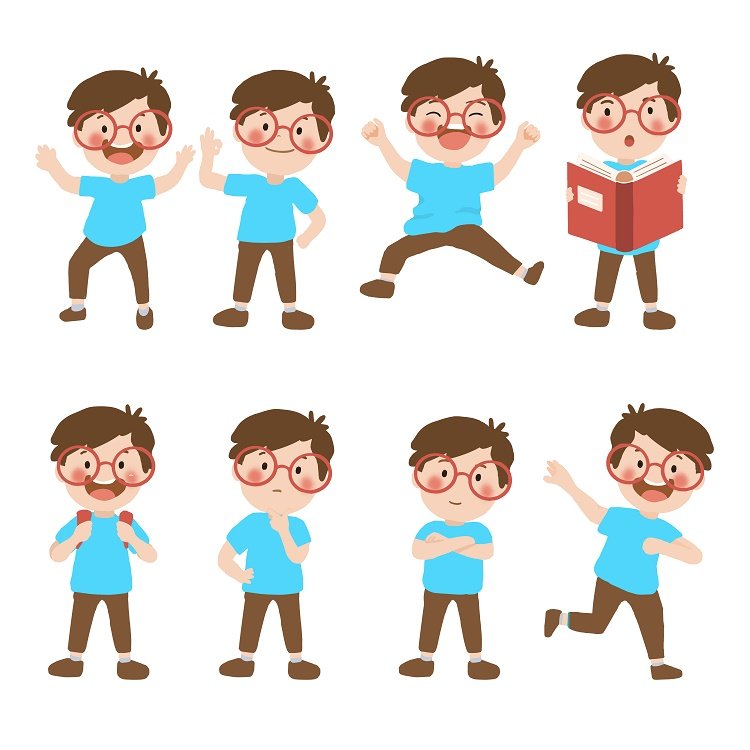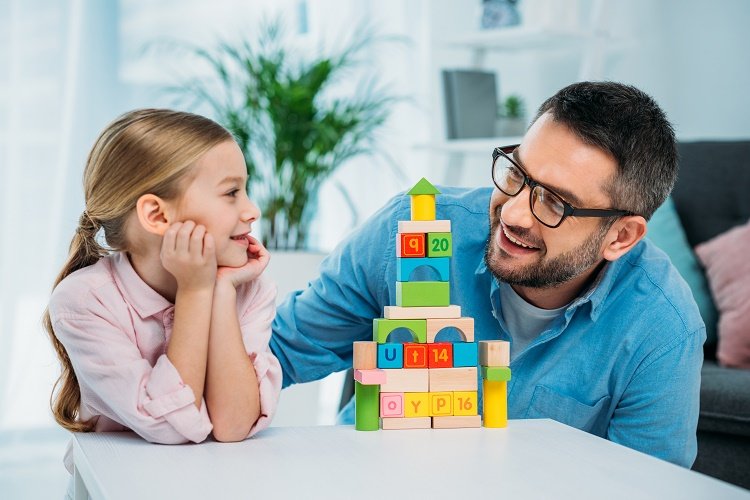Human beings are fascinating creatures. We are driven by both the most basic instincts and emotions as well as the most advanced thoughts and theories. It makes us endlessly compelling for behavioral experts. Those who are charged with understanding why there’s a vast range of responses by individuals in similar circumstances know that it largely has to do with personality, the essential character of a person. In this blog post, we’re going to take a closer look at personality as it relates to children and their ideal learning styles. Keep reading to learn more.
The Role of Personality Types

Before we get too focused on childhood education, let’s back up for a moment and take a big picture view of personality. While there are many ways to classify personality, remember that the basis for this work is subjective. That can make drawing hard conclusions difficult. Even so, social scientists have put forward many methods over the years for identifying and explaining common personality types. The piece below presents two of the best known:
Type A vs Type B. Arguably the most well-known personality theory, Type A and Type B describe two contrasting personality types that fall at opposite ends of the spectrum. Type A personalities are said to be more high-strung, competitive, and ambitious. On the other hand, Type B personalities are said to be more passive, reserved, and less stressed. These are highly general areas, so it’s best to think of these as a continuum rather than a categorical choice. Some students will be highly Type A or B, whereas others may find themselves somewhere in the middle. Read more at Tutor Doctor…
Personality and Learning Style

The early study of personalities was a complex pursuit that attracted some of the greatest minds of the last century. One of these deep thinkers was Swiss psychiatrist and psychoanalyst Carl Jung. His work led him to famously formulate a personality theory based around the concept of extraversion vs. introversion. The idea was further developed by others who added sensation vs. intuition, thinking vs. feeling, and judging vs. perceiving. If you are familiar with the Myers-Brigg Personality Test — which it must be noted is rejected today by many social scientists — then you may recognize these attributes from it. Here’s more on Jung’s initial idea of extraversion vs. introversion:
The first component of the Jungian learning style dimensions indicates how learners interact with the outside world. Extraverted learners enjoy generating energy and ideas from other people. They prefer socializing and working in groups. Learning activities that benefit extraverted learners include teaching others how to solve a problem, collaborative work, and problem-based learning.
While introverted learners are still sociable, they prefer to solve problems on their own. Introverted learners enjoy generating energy and ideas from internal sources, such as brainstorming, personal reflection, and theoretical exploration.
These learners prefer to think about things before attempting to try a new skill. Read more at Verywell Mind…
To summarize, sensing learners have an interest in the outside world as it exists, while intuitive ones love the world of possibilities. Thinking learners love logic, whereas feeling learners are apt to make decisions based on emotions. Lastly, the judging learner is often very decisive, while the perceiving one makes impulsive decisions.
Other Learning Styles

A key benefit of knowing your child’s learning style is how it reveals the best way to present new information so it’s understood and retained. While people rarely fit neatly into any one category, generally speaking, these are the basic types of learners:
1. Visual learners
…Someone with a preference for visual learning is partial to seeing and observing things, including pictures, diagrams, written directions and more…2. Auditory learners
…tend to learn better when the subject matter is reinforced by sound. These students would much rather listen to a lecture than read written notes…3. Kinesthetic learners
…Kinesthetic learners, sometimes called tactile learners, learn through experiencing or doing things…4. Reading/writing learners
…According to the VARK Modalities theory developed by Fleming and Mills in 1992, reading/writing learners prefer to learn through written words. While there is some overlap with visual learning, these types of learners are drawn to expression through writing, reading articles or books, writing in diaries… Read more at Rasmussen University…
Hopefully, you now have a better understanding of personality types and learning styles and are starting to see where your child measures on these scales. This info will prove invaluable over the years as you raise your little one.
At SPANISH FOR FUN!, our bilingual education programs are very flexible by design. This allows us to help every child learn in the manner that’s natural for them. If you’re searching for a preschool that will offer your child an educational headstart, SPANISH FOR FUN! is your best option.
Get in touch with us today to schedule a tour of any of our four campuses, two are located in Raleigh, one is in Cary and the other is in Wake Forest. Call 919-881-1160 or complete the contact form on our website to set your appointment. We look forward to showing you why your child will thrive with us.

